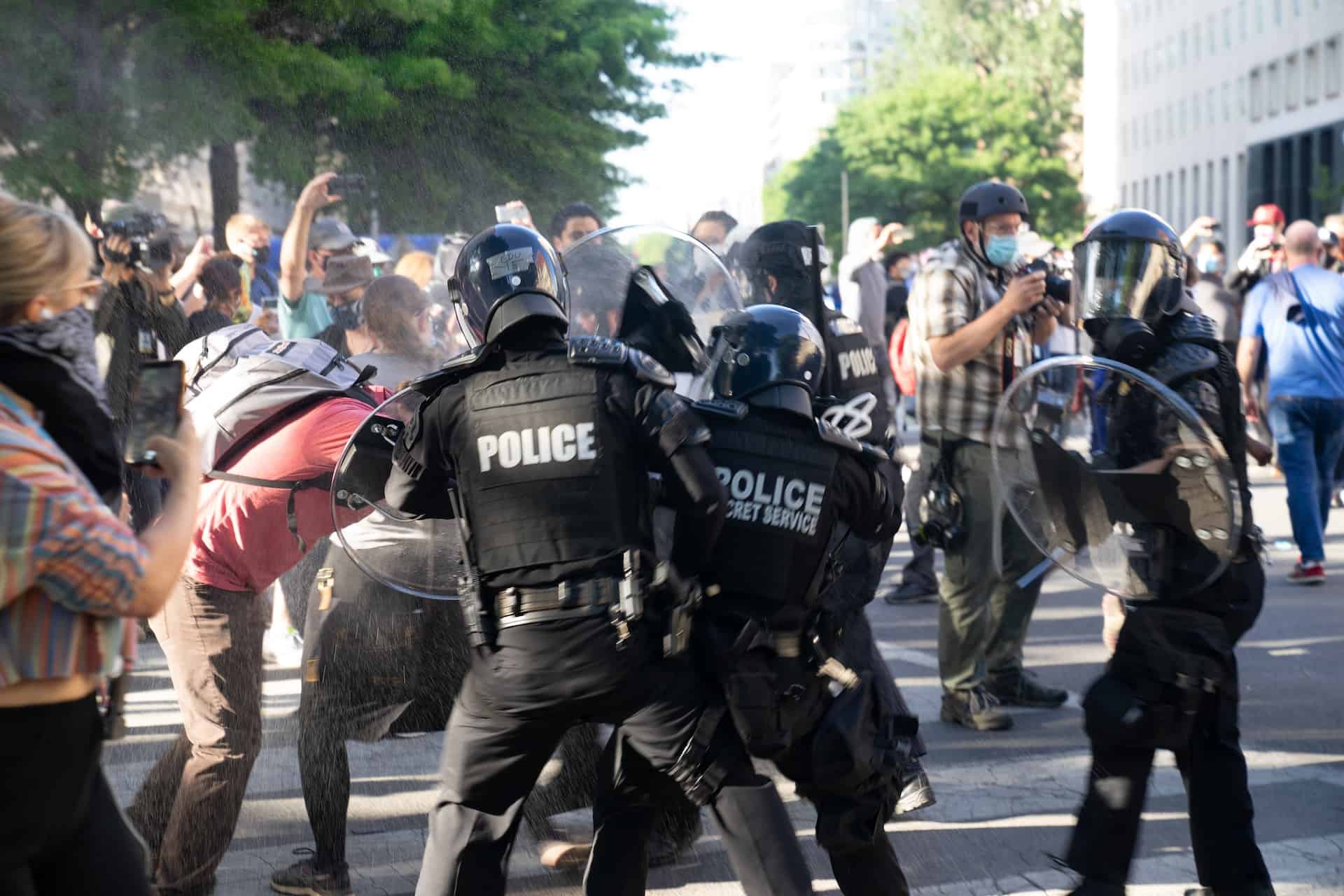Incidents of police brutality have the potential to inflict deep physical and emotional wounds upon survivors. These harrowing encounters often give rise to a spectrum of psychological and emotional hurdles, encompassing anxiety, depression, and post-traumatic stress disorder (PTSD). Recovering from such traumatic ordeals is an arduous expedition, but with the appropriate support systems and coping mechanisms, survivors can reclaim a sense of equilibrium and inner strength. This article aims to delve into coping strategies tailored for individuals who have experienced police brutality, providing guidance to aid them along the journey toward healing.
1. Seek Professional Help
One of the most crucial steps in healing after police brutality is seeking professional help. Therapy sessions can help survivors process their trauma, manage their emotional reactions, and develop coping mechanisms.
2. Establish a Support Network
Building a support network of friends, family members, or support groups can provide survivors with a sense of belonging and understanding. Sharing experiences and emotions with others who’ve faced similar challenges can be immensely comforting. Remember that you’re not alone in your journey to healing.
3. Practice Self-Care
Prioritize self-care activities that help you relax and reduce your stress, such as meditation, deep breathing exercises, yoga, or spending time in nature. Nourishing your body with a balanced diet, regular exercise, and adequate sleep also play a significant role in recovery.
4. Express Yourself
Suppressing emotions can hinder the healing process. Find healthy ways to express your feelings, whether through journaling, art, music, or talking to a trusted friend. Letting your emotions flow can help you process the trauma and reduce the emotional burden.
5. Educate Yourself
Understanding the legal and psychological aspects of police brutality can empower survivors. Learn about your rights, the available resources, and the mental health effects of trauma. Knowledge can help you make informed decisions about your healing journey and any potential legal action.
6. Set Realistic Goals
Recovery after police brutality isn’t linear, and progress may be slow. Be patient and compassionate with yourself, recognizing that healing takes time.
7. Avoid Triggers
Identify potential triggers that remind you of the traumatic event and try to avoid or manage them. This may include limiting exposure to news coverage of similar incidents, avoiding certain locations, or setting boundaries with people who may trigger distressing memories.
8. Advocate for Change
Many survivors find healing through advocacy. Getting involved in community organizations or movements that aim to address police brutality and promote justice can be empowering. By working toward positive change, survivors can channel their experiences into a force for good.
9. Legal Action
Consider pursuing legal action if you believe that your rights have been violated. Consult attorneys for police brutality cases to see what your options are. Legal action can provide a sense of justice and accountability.
10. Professional Support for Physical Healing
In addition to mental health support, survivors may require medical care for any physical injuries sustained during the incident. Consult with medical professionals to address any lingering physical issues and ensure a comprehensive approach to healing.
Conclusion
Healing after experiencing police brutality is a challenging and deeply personal journey. Survivors should remember that recovery is possible, and they’re not alone in their struggles. Seek help from mental health professionals, build a support network, and practice self-care regularly. Remember that healing is a gradual process, and it’s essential to be patient and compassionate with yourself. By taking proactive steps and utilizing coping strategies, survivors can work toward reclaiming their mental, emotional, and physical well-being and find hope and resilience in the face of adversity.


